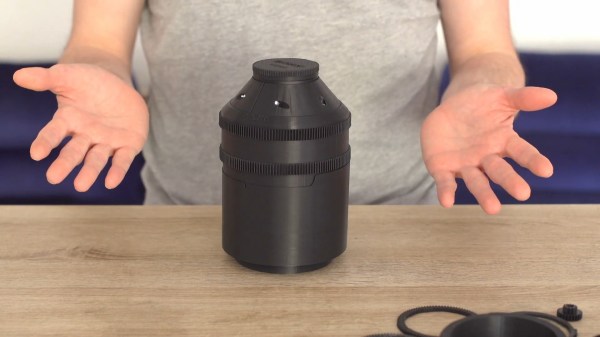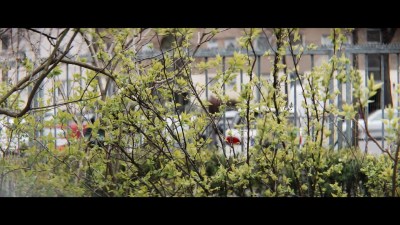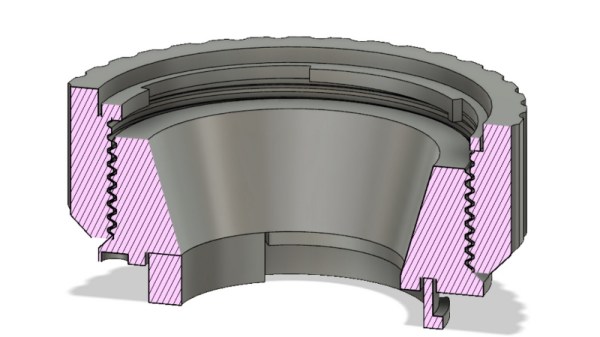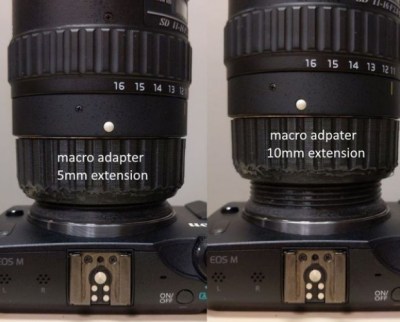These days, camera lenses aren’t just simple bits of glass in sliding metal or plastic housings. They’ve often got a whole bunch of electronics built in as well. [Dan K] had just such a lens from Sigma, but wanted to get it working fully with a camera using the Canon EF lens fitting. Hacking ensued.
The lens in question was a Sigma 15-30mm f/3.5-4.5 EX DG, built to work with a Sigma camera using the SA mount. As it turns out, the SA mount is actually based on the Canon EF mount, using the same communications methods and having a similar contact block. However, it uses a mechanically different mounting bayonet, making the two incompatible.
[Dan] sourced a damaged EF lens to provide its mount, and modified it on a lathe to suit the Sigma lens. A short length of ribbon cable was then used to connect the lens’s PCB to the EF mount’s contacts. When carefully put back together, the lens worked perfectly, with functional auto-focus and all.
It goes to show that a little research can reveal possibilities for hacking that we might otherwise have missed. [Dan] was able to get his lens up and running on a new camera, and has taken many wonderful pictures with it since.
We’ve seen some great lens hacks over the years, from 3D printed adapters to anamorphic adapters that create beautiful results. If you’ve got your own mad camera hacks brewing up, drop us a line!


















